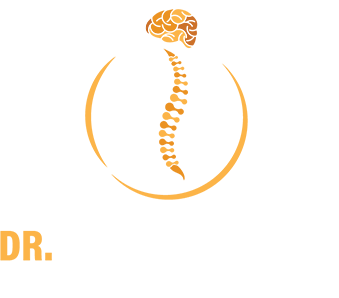Table Of Contents
- What Is Sciatica?
- What Causes Sciatica?
- What Are The Symptoms Of Sciatica?
- What Is The Diagnosis For Sciatica?
- What Are The Complications Of Sciatica?
- What Is The Treatment For Sciatica?
What is Sciatica?
Sciatica is a type of pain that extends down each leg along the sciatic nerve route, which runs from the lower back to the hips and buttocks. The sciatic nerve is the longest and most significant nerve in the body, which affects the capacity to control and feel the legs directly. It usually affects only one side of the body.
Although the pain associated with sciatica can be extreme, most cases recover within a few weeks with non-operative therapy.
What Causes Sciatica?
Sciatica is caused by compression due to a tumour or a ruptured disc. Syndromes like piriformis syndrome are also associated with sciatica.
Risk factors include:
- Age: Sciatica is most commonly caused by age-related changes in the spine, such as herniated discs and bone spurs.
- Obesity: Excess body weight might contribute to the spinal abnormalities that cause sciatica by increasing tension on the spine.
- Occupation: Sciatica may be caused due to jobs that demand twisting the back, moving large objects, or driving a vehicle for lengthy periods.
- Long periods of sitting. Sciatica is more likely to occur in those who sit for long periods or lead a sedentary lifestyle than in active people.
- Diabetes: The way the body uses blood sugar is affected by this disorder, which increases the risk of nerve damage.
What are the Symptoms of Sciatica?
Because sciatica is caused by damage or injury to the sciatic nerve, it is common for other signs of nerve damage to accompany the pain. Other signs and symptoms to look out for are:
- Characteristic symptom: Pain that follows the pathway from the lower back to the back of the thigh or calf and can range from dull discomfort to a sharp and searing sensation, which can sometimes seem like a jolt or an electric shock. Coughing or sneezing can worsen, and sitting for long periods might exacerbate symptoms. Only one side of the body is usually affected.
- Along the sciatic nerve pathway, one may experience numbness, burning, or weakness in the legs or feet, which can progress to a loss of feeling or movement in extreme situations.
- Although uncommon, incontinence or the inability to control the bladder or intestines can be present.
- Tingling sensation in toes or foot
What is the Diagnosis for Sciatica?
Physical examination is carried out to test muscle strength and reflexes. Your doctor may test your muscle strength and reflexes during the physical examination. For example, the patient might be requested to walk on the toes or heels, rise from a crouching position, and lift the legs one at a time while lying on the back. Sciatica pain will frequently worsen as a result of these activities. Tests of imaging include;
- X-Ray
- MRI
- CT Scan
- Electromyography
What are the Complications of Sciatica?
Despite the fact that most people recover completely from sciatica without therapy, sciatica can cause chronic nerve damage, which includes,
- Loss of sensation in the affected leg
- Insufficiency in the affected leg
- Deficiency in bowel or bladder function
What is the Treatment for Sciatica?
Medications
- Anti-inflammatories
- Medications that relax the muscles
- Narcotics
- Antidepressants
- Anti-seizure medicines
Physical therapy
This usually consists of activities to improve the flexibility while correcting the posture and strengthening the muscles that support the back.
Steroid injections
The doctor may prescribe a corticosteroid injection into the area surrounding the affected nerve root. By decreasing inflammation near the injured nerve, corticosteroids can help relieve pain.
Surgery
Surgery is considered when a compressed nerve produces substantial weakness, bowel or bladder control loss, or pain that does not improve with conventional treatments.




